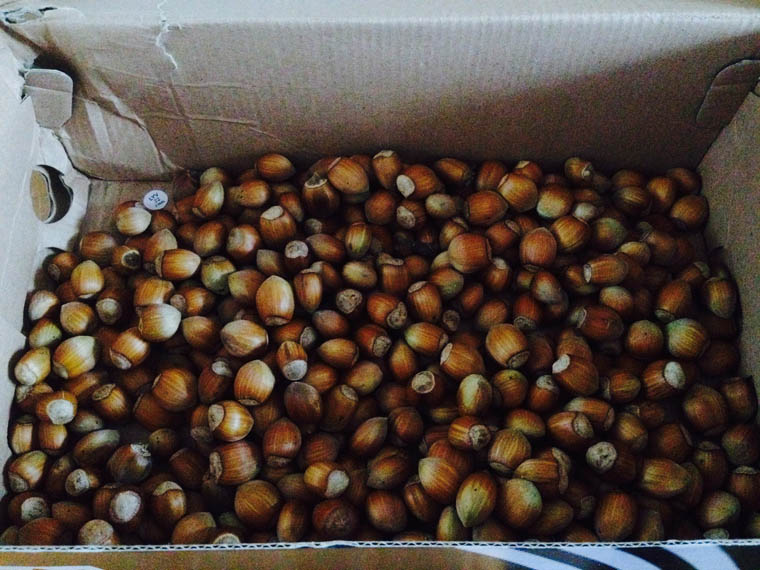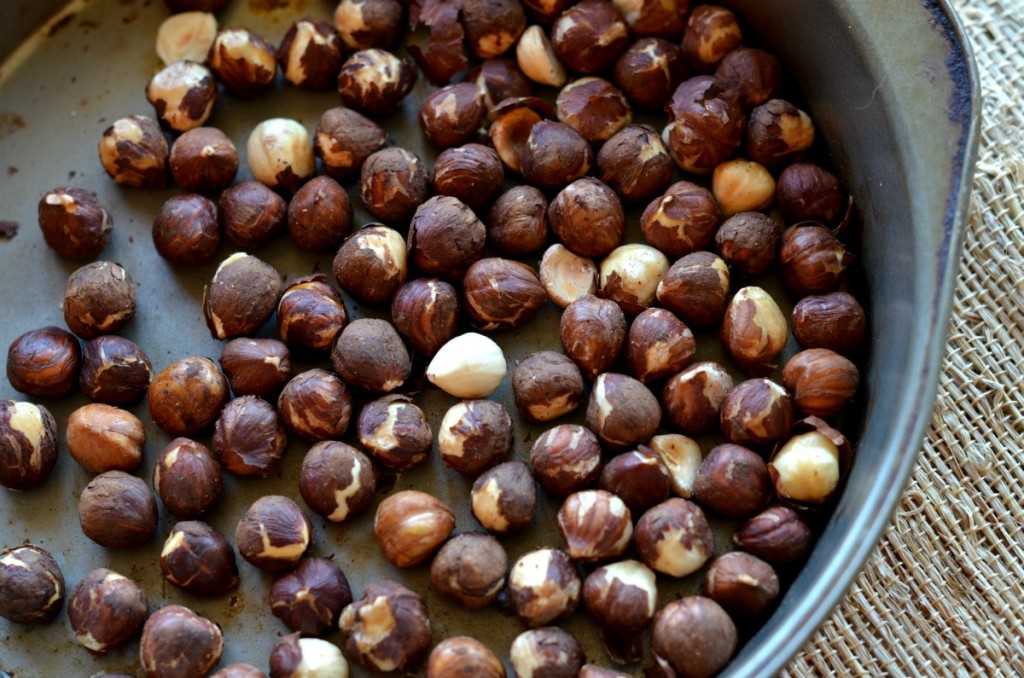How to forage for hazelnuts
September is the perfect time to forage hazelnuts. Here’s how to find them, prep them and cook them
Early autumn is a great time to go foraging, with blackberries, hazelnuts and mushrooms all growing in abundance. Hazelnuts, in particular, are easy to find, growing in abundance in hedgerows and woods around the UK (you might even find them in your back garden), and lend themselves to all sorts of recipes. So start hunting them and get cooking.
Step 1. Find your nuts

Hazels are found all over Northern Europe, and you won’t have to go far to find them. Simply head to an area of low oak, birch or ash woodland, or even just a hedgerow and look for the Hazels – identified by their oval, doubly toothed, hairy and pointed leaves, which will be yellowing.
From early September, hazelnuts start dropping from the shrubs in abundance, though there’s only a short timeframe before they’ll be squirreled away by…er…squirrels. The nuts are easy to identify as they are encased in cup-shaped in green leaves (see photo, above), or The Urbane Forager has a great ID sheet available here. You can pick them from the floor or directly from the tree – though they will be greener and less ripe.
Step 2. Get prepping

Once picked, simply remove the husks and transfer the nuts to a cardboard box to dry. Don’t leave them outside as those pesky squirrels will track them down, try drying them in an airing cupboard instead. Once dried, they will keep for six months or so. Alternatively you can roast them, but they will only last for around a month
Step 3. Ready, steady, cook

Whizz up Chocolate Hazelnut Milk|Credit: Tastykitchen.com
There are so many things you can do with hazelnuts, but here are a few of our favourite recipes from around the web:
- Chocolate Hazelnut Milk (tastykitchen.com)
- Hazelnut Brownies (adashofcompassion.com)
- Chocolate and Hazelnut spread (theguardian.com)
- Hazelnut Gelato (bbcgoodfood.com)
- Hazelnut Parsnip Soup (perrysplate.com)
- Roasted Hazelnut Sauce (apronstringsblog.com)
- Quinoa Salad with Hazelnuts (food52.com)
